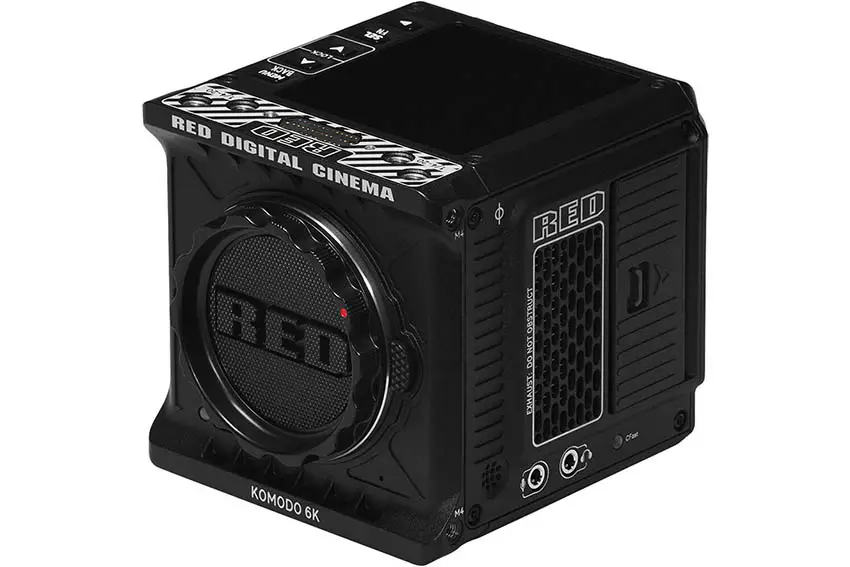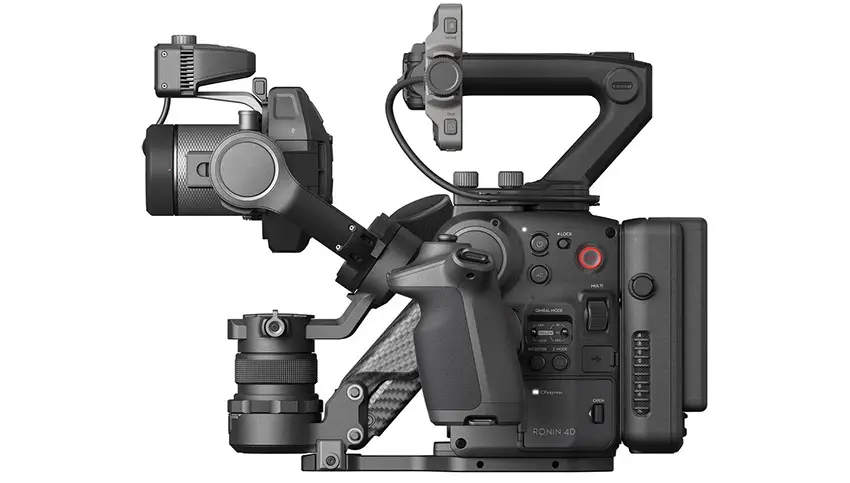
[ad_1]
Cameras have taken on all types of shapes and forms and now the idea of picking up the right camera depends less on what is written on paper and more on what they are actually capable of.
A good example of this is comparing the DJI Ronin 4D against the RED KOMODO, both impressive and wildly different cameras than their respective brands have produced in the past, but very hard to put side-by-side.
Dialing in the focus to image quality makes things a little more manageable, as Bestboy Adam did in this video. It’ll be interesting to see whether these fresh releases compare favorably and whether one might take a surprise lead.
This isn’t too focused on the technical differences as confirmed by lab tests. It’s going to be more of a real-world test of quality. And even before you attempt that you have to understand that it’s very hard to even try to match the cameras since the KOMODO is a Super 35 system and the Ronin 4D is full-frame.
Both are still top contenders in their price bracket. You can also use the Ronin in a Super 35 mode for a direct comparison.
In the following tests, both cameras were shooting at their best settings. For the Ronin 4D this meant sticking with full-frame mode and recording in ProRes RAW. The KOMODO went with 6K R3D RAW HQ quality. Both tripod and handheld recording was tested with a special rig to keep everything as close as possible.

Image Credit: RED
The same lenses were used on both. In Super 35 mode he used Samyang 35mm T1.5 lenses, but when comparing the full-frame Ronin he went with a 24mm T1.5 on the KOMODO.
White balance, ISO, and aperture value were all the same as well. Where there is a slight difference is with ND as the Ronin has them built-in and the KOMODO needed a Tiffen variable ND on the lens.
All that was done in post was the match the footage to a Rec.709 profile in DaVinci Resolve. This did present a slight issue since ProRes RAW isn’t natively supported. He transcoded the ProRes RAW footage to ProRes 4444 XQ which should be effectively lossless quality.
Now there is a ton of footage to check out showing off both cameras.
One thing to notice is the slow-motion shooting. The crop of the KOMODO is dramatic at 120 fps. It’s going to impact your framing a ton, so if you planned on using that mode a lot you’ll want to be prepared.

Image Credit: DJI
The next difference came in the rolling shutter test. Obviously, the KOMODO has none thanks to a global shutter, but the Ronin 4D only has a small amount. Considering how normal a small amount of rolling shutter is today I think the Ronin is well within the acceptable range.
The Ronin also has a lot going for it with stabilization considering a big part of its gimmick is having a gimbal built-in. It’ll by default be much smoother when handheld. It is also a touch cleaner at higher ISOs than the KOMODO though that is tough to tell on a YouTube video.
As for overall quality, both look very good. I wouldn’t give one an immediate win, so it depends heavily on what you are looking for in a camera. Colors might be a tad more neutral on the Ronin but RED footage has always been super workable. The KOMODO is a more conventional design compared to the unique and potentially difficult design for some tasks.
What is your take on these two cameras?
[source: Bestboy Adam]
Order Links:
[ad_2]






